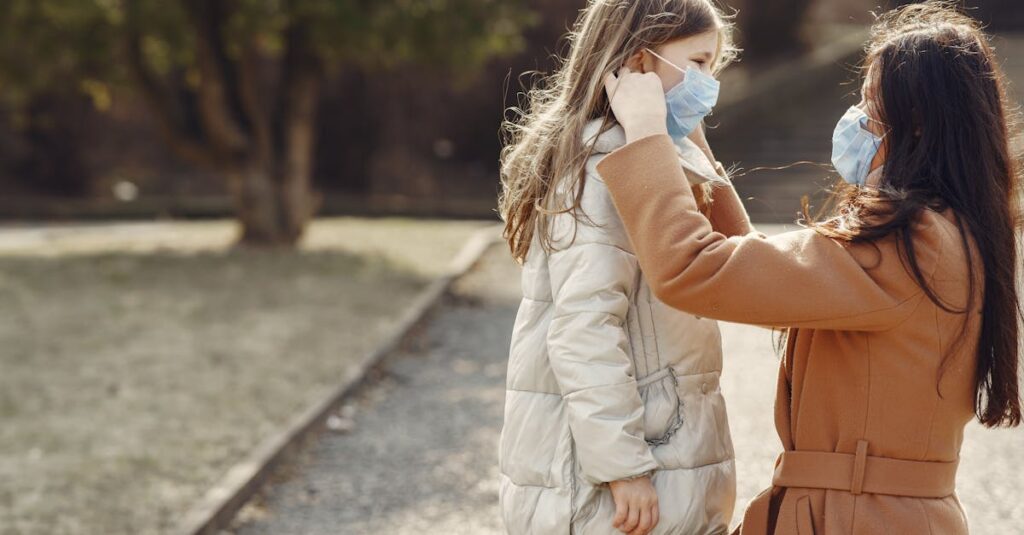Why Personal Space Matters
Personal space is a concept many adults take for granted, but for preschoolers, it’s a whole new world. Imagine explaining the invisible, yet so crucial, personal bubble to a four-year-old. It’s not just about standing too close; it’s about respect and boundaries. This post dives into the whimsical journey of introducing preschoolers to the concept of personal space, ensuring they understand and respect others’ physical boundaries.
Key Points:
- Personal space is crucial for preschoolers to learn about respect and boundaries.
- Explaining the concept in a whimsical way can help children understand its importance.
- Respecting others’ personal space is essential for healthy social interactions.
Crafting The Personal Space Bubble
How do you explain an invisible concept to a child whose world is so tangible? It starts with visualization. Use examples like the space needed for a plant to grow or how animals have their territories. This analogy helps children visualize and respect the need for personal space for healthy growth and interaction.
The Hula-Hoop Trick
Ever tried teaching personal space with a hula-hoop? It’s a fun and effective way to show kids what personal space looks like. Have them stand inside a hula-hoop to demonstrate their own personal space. It’s a hands-on activity that translates the abstract into something they can see and feel.
Playing the ‘Space Detective’
Turn learning into an adventure by playing ‘Space Detective.’ Kids can explore and observe personal spaces in different settings. They watch how people interact at different distances and report back. It’s a playful way to learn respect and awareness of others’ boundaries.
Role Modeling: Monkey See, Monkey Do
Children learn by imitation. When parents and teachers consciously maintain and respect personal space, kids follow suit. Regularly practicing and pointing out respectful distance in daily activities becomes a powerful teaching tool for young minds.
Encouraging Open Conversations
Kids are naturally curious and have lots of questions. Creating an environment where they feel comfortable asking about personal space and expressing when they feel their space is invaded encourages open communication. This dialogue is essential as they learn to navigate social interactions.
By fostering an environment where children feel safe to inquire and express themselves, we pave the way for their emotional growth and understanding of boundaries.
Related Posts:
- Empowering Preschoolers with Boundaries and Love
- Balancing Praise and Correction with Preschoolers: Setting Boundaries
- Managing Preschoolers’ Screen Time with Love
- Encouraging Honesty & Responsibility in Preschoolers
- Fostering Gratitude in Pre-Schoolers: Setting Boundaries

